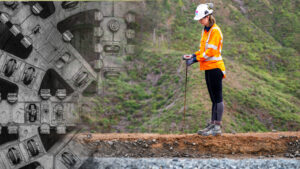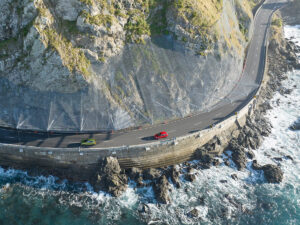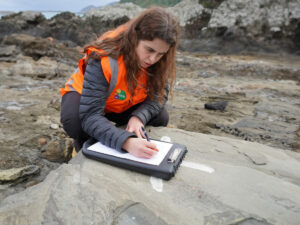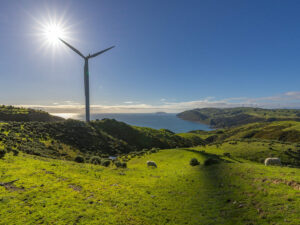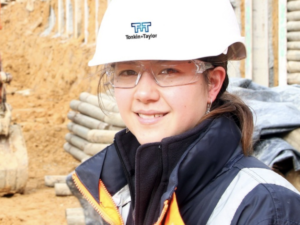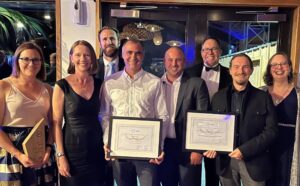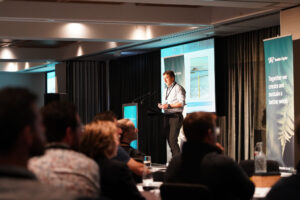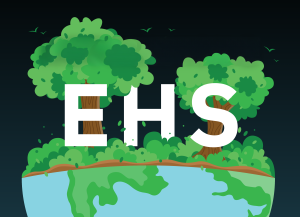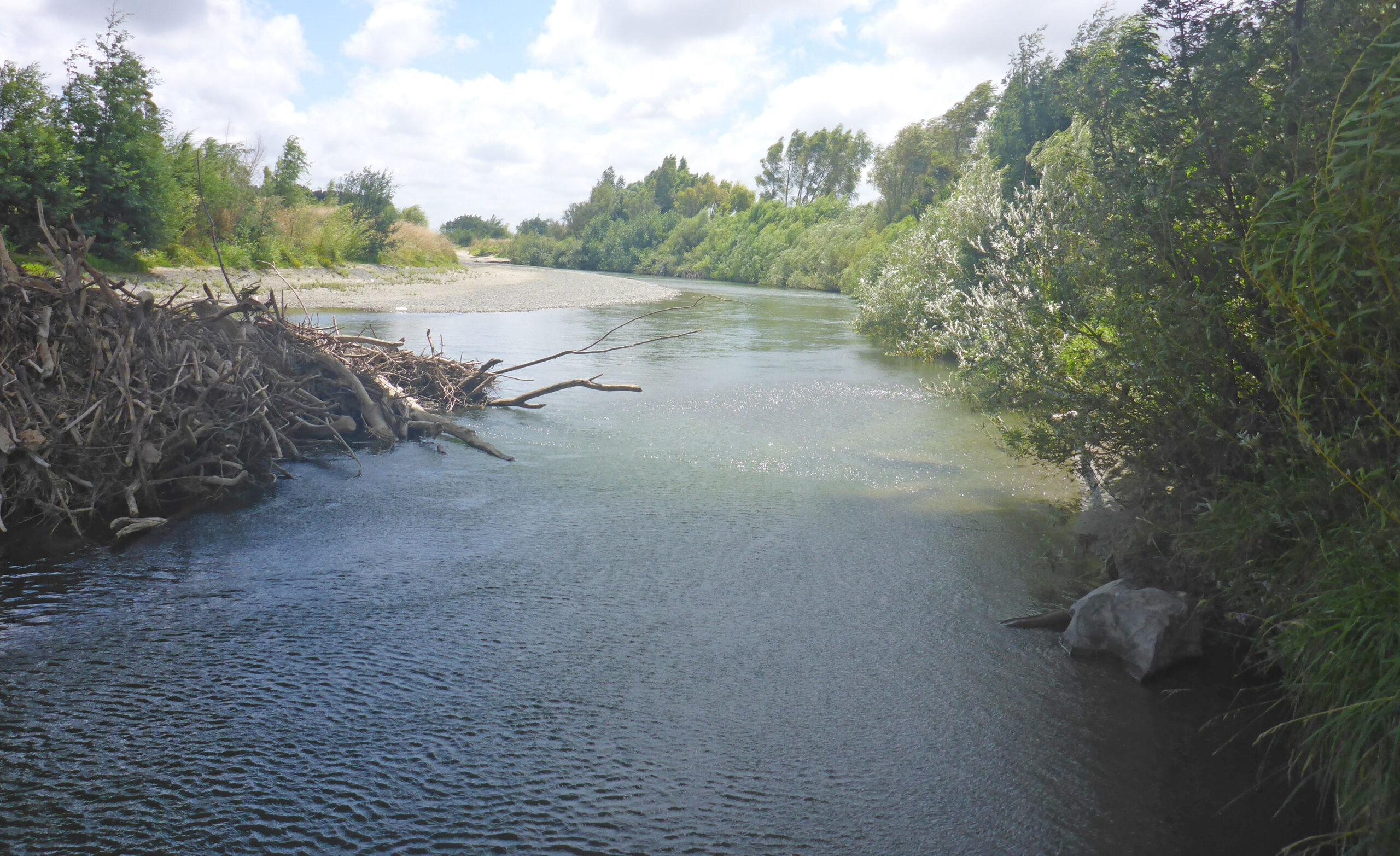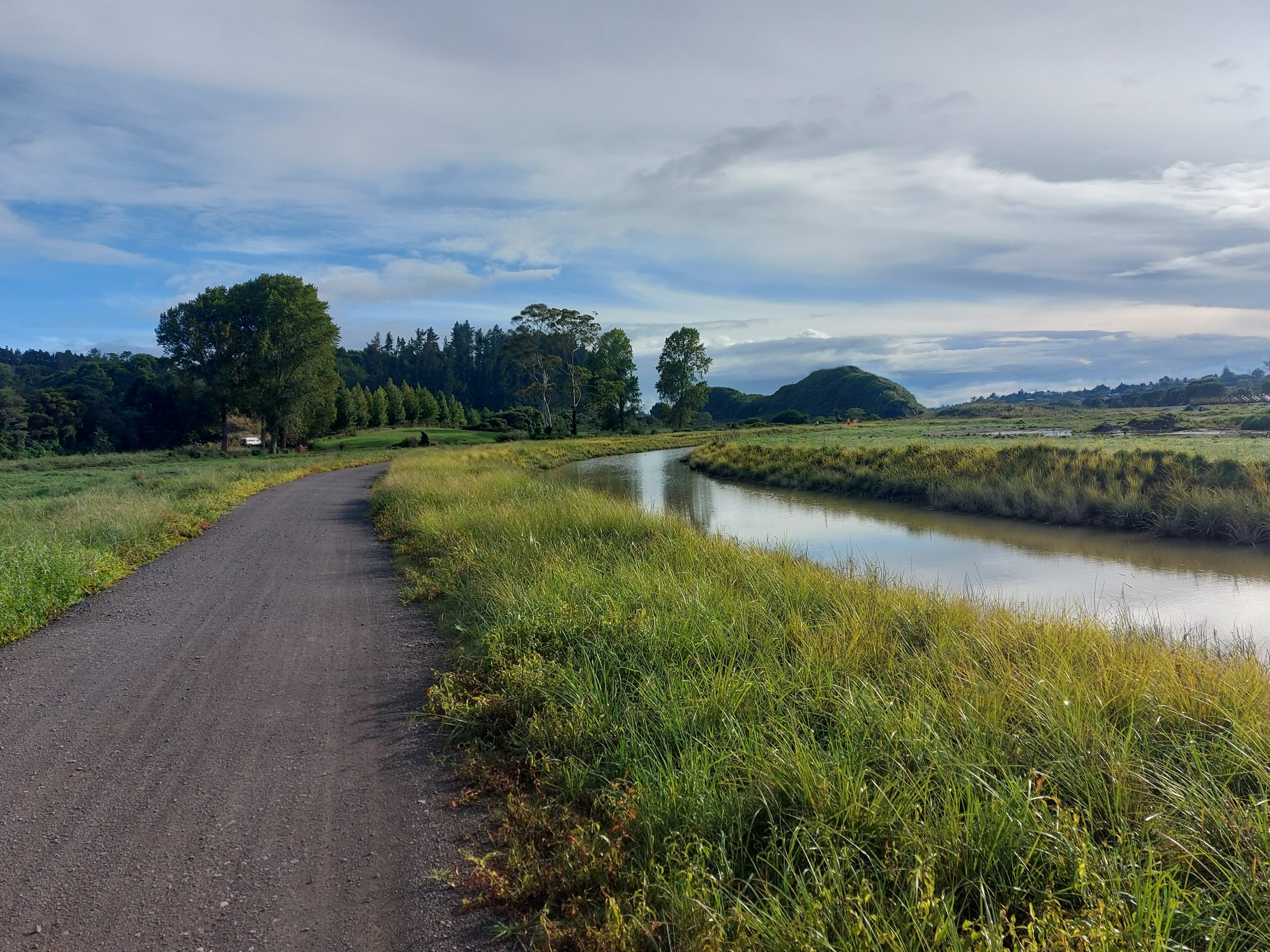The Waiohine River has been actively managed in its current location since 1890 by several agencies to prevent it from flooding Greytown and is now managed by Greater Wellington Regional Council. As part of the development of the Waiohine Floodplain Management Plan, representatives of the Greytown community and Greater Wellington sought to understand the character and behaviour of the Waiohine River to guide current and future management actions.
Tonkin + Taylor’s investigation revealed that the Waiohine River experienced a significant behaviour change due to a warmer climate and increased precipitation, reducing sediment supply while enhancing sediment transport. The river continues to respond to paleoclimate changes and episodic events, such as the 1855 earthquake. This has implications for flood risk and river management.
The Waiohine River is managed using a combination of rock groynes, gravel management, and willow planting. The gravel management is likely removing the coarse surface armour layer on gravel beaches, enabling more frequent transport of coarse material into downstream reaches, and increasing fine-grained sediment supply. The three reaches identified during the investigation also show different responses to river management and sediment inputs. A tendency towards aggradation in one of the reaches, and the numerous flood channel on the true right floodplain, has created an elevated risk for channel avulsion. This risk will increase under predicted climate change flood scenarios.
Future changes in climate pose additional challenges, changing sediment generation, supply, and transport within the Waiohine Catchment. The impacts of high-magnitude events on slope processes and sediment delivery depend on their frequency and timing. Some events may trigger aggradation and incision responses, while others transport sediment pulses downstream.
A blanket approach to river management actions in New Zealand may not be practical for holistically managing river processes, and some actions may have unintended consequences. Our findings highlight the importance of understanding landscape-scale controls on river character and behaviour and evolutionary trajectories to manage rivers in New Zealand effectively. To aid future management in the Waiohine River, we suggested breaking the river into management reaches to ensure the right actions are applied in the right places based on a sound understanding of geomorphic processes.


